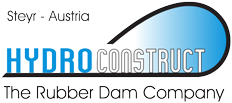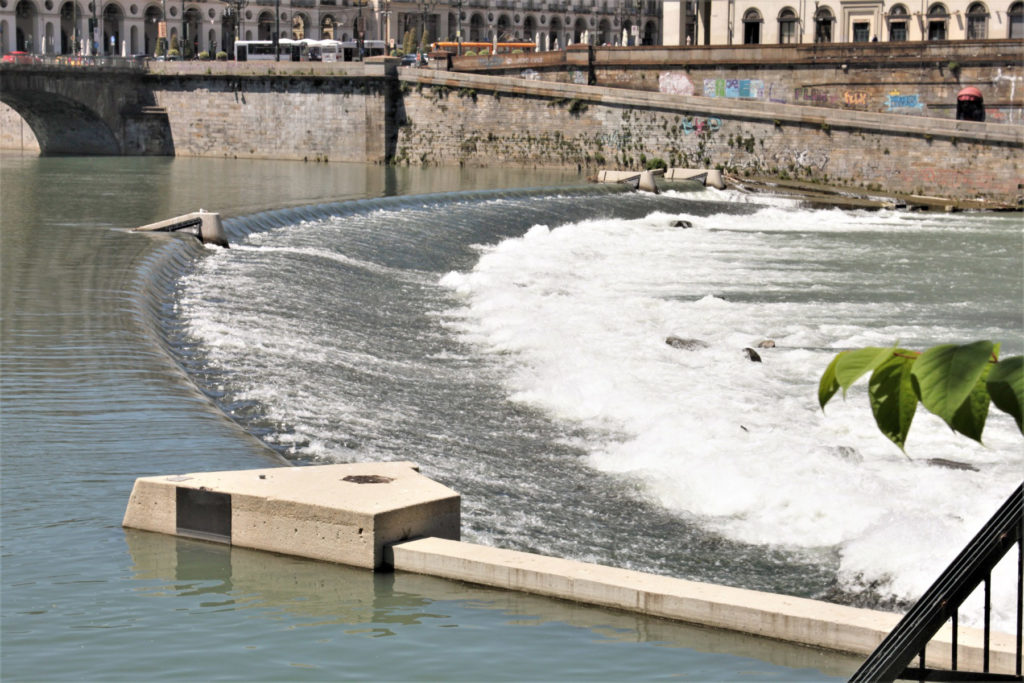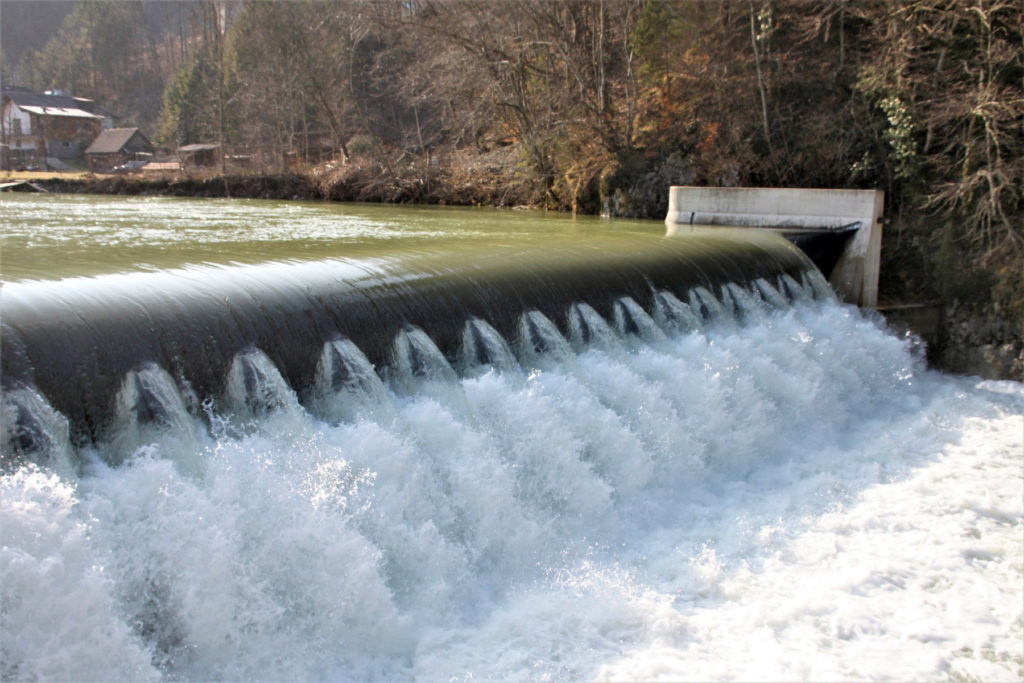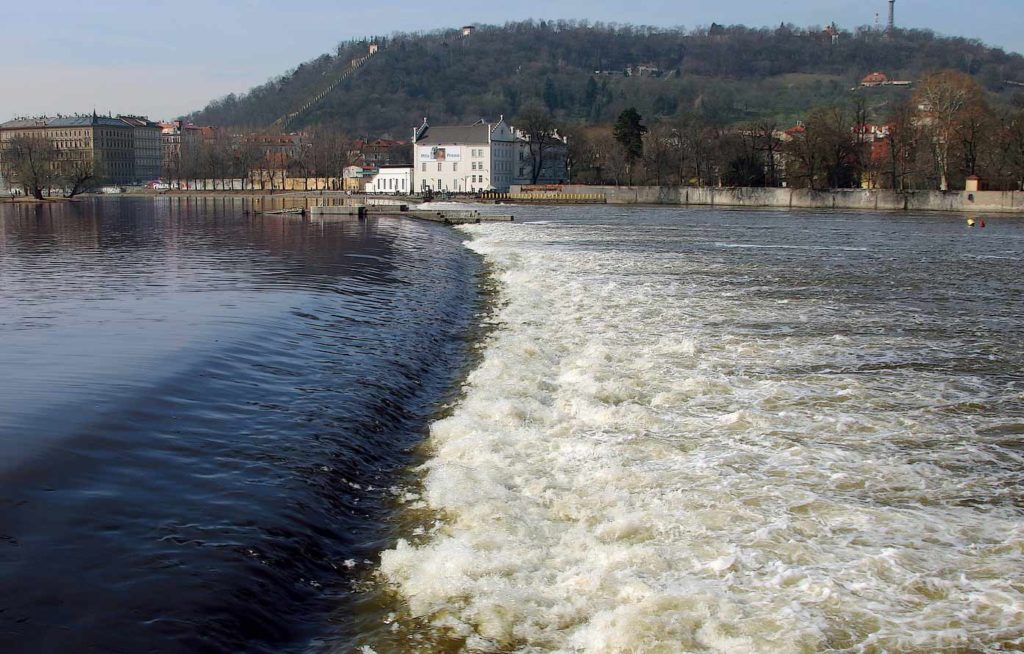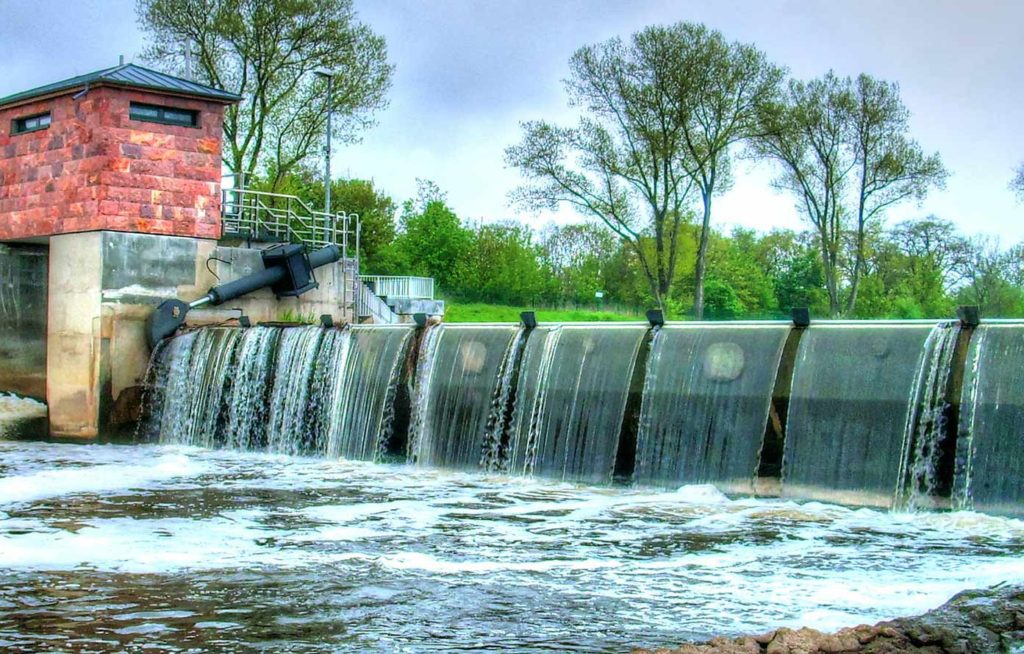Rubber Dam Technology
Hydro Construct’s specially developed rubber dam system, which can be either air inflated or water filled for optimum stability, has numerous applications, including reservoir control, irrigation, hydroelectric power generation and river and flood management. The Hydro Construct rubber dam can achieve damming heights from 30 cm up to 4,50 m.
Depending on your preferred application, our rubber dams are supplied in einther straigt or curved versions. The membrane used for the rubber dams is highly elastic, resistant abrasion and corrosion, and withstands aging. The technical life expectancy of the rubber material is approximately 30 years. Our supplier Trelleborg Bohemia a.s. is one of the largest rubber products manufacturers in Europe and has been awarded a certificate of excellence in the production of membranes to quality standard ISO 9001 / EN 29001).
Special solutions
The History of Rubber Dam Technology
People have been utilising the power of water for as long as they’ve lived next to rivers and streams. They used it to power saws, milestones and the blacksmith’s hammer. Still, flowing water is always unreliable and fed by downpours. Drought causes the precious water to dry up, and persistent rain can transform small streams into raging floods. Hydro technology attempts to combat these inevitable events. By raising banks, you may guard against rising water. This doesn’t, however, influence the amount of water flowing through.
To do that, you need a weir, whose duties are many and varied:
Damming the river
- to increase water depth
- to create a reservoir to compensate for low precipitation
- to store abundant rainwater
- to utilise the dam’s height for energy production (hydro power plant)
Diverting water into races
- traditionally used to power water wheels, nowadays producing electricity via turbines
- or to divert a quantity of water for domestic or industrial use
Slowing down water flow:
- to prevent riverbed damage, and the undermining of downstream structures e.g. bridge foundations
- to minimise riverbank erosion
What’s the difference between fixed and floating weirs?
Fixed weirs:
Fixed weirs are the simplest and easiest to maintain. However, in contrast to a floating weir, the dam water volume is not constant, but rather dependent on changing overflow rates or the length of the weir. In many European towns and cities you often find very old parallel weirs giving continued good service due to decent maintenance. Weirs like this run parallel to, or at an angle to the prevailing water flow.
Floating weirs:
With a fixed weir or dam, surface water rises and runs over the top. A weir or dam that seeks to regulate the surface water behind it, or the amount of water allowed to flow over it, must be flexible and needs to be able to rise and fall, either in sections or across its whole length. Adjustable or floating weir sections allow this to happen. Conventionally the problem was addressed by systems of valves, hatches or gates incorporated in the dam structure. A rubber dam equipped with equivalent fixtures or fittings fulfils these requirements too. The advantages of the rubber dam lie in the linear clamping system along the weir length, and in its simplicity.
The key advantages of the rubber dam system are as follows:
- flexible barrier allowing the passage of flotsam or ice
- fully automated regulation of the reservoir water level
- safe, automatic spillway for flood management
- ideal for wide river applications, with single weir sections of 100m+ available
- economical weir restoration – ideal for adding to existing straight or curved weirs
- Hydro Construct rubber dams are manufactured in one piece, rendering site joints unnecessary
- no mechanical parts, so no liability to corrosion
- no need for lubricants – more environmentally friendly
- low maintenance and operational costs due to minimal use of external power sources
